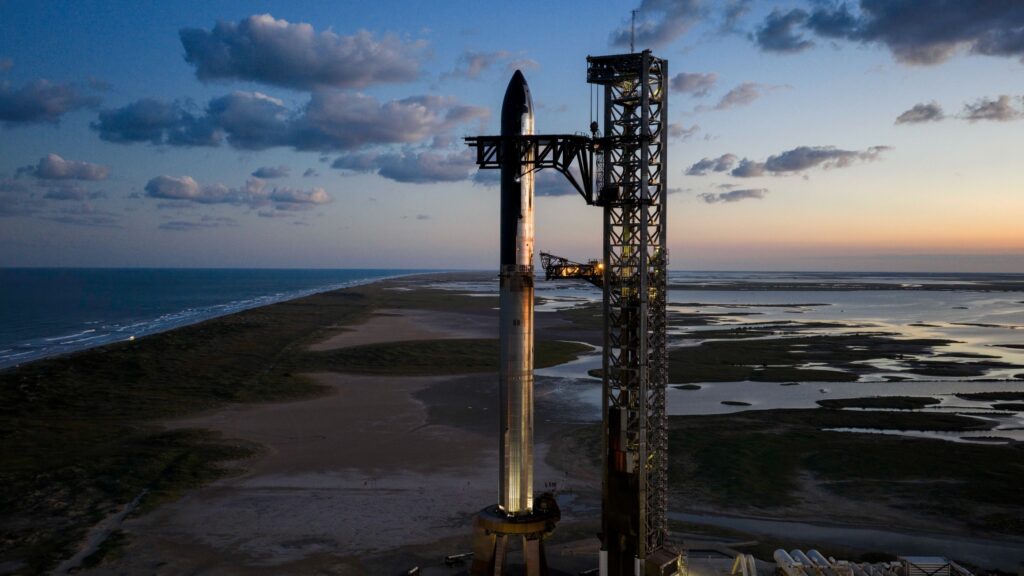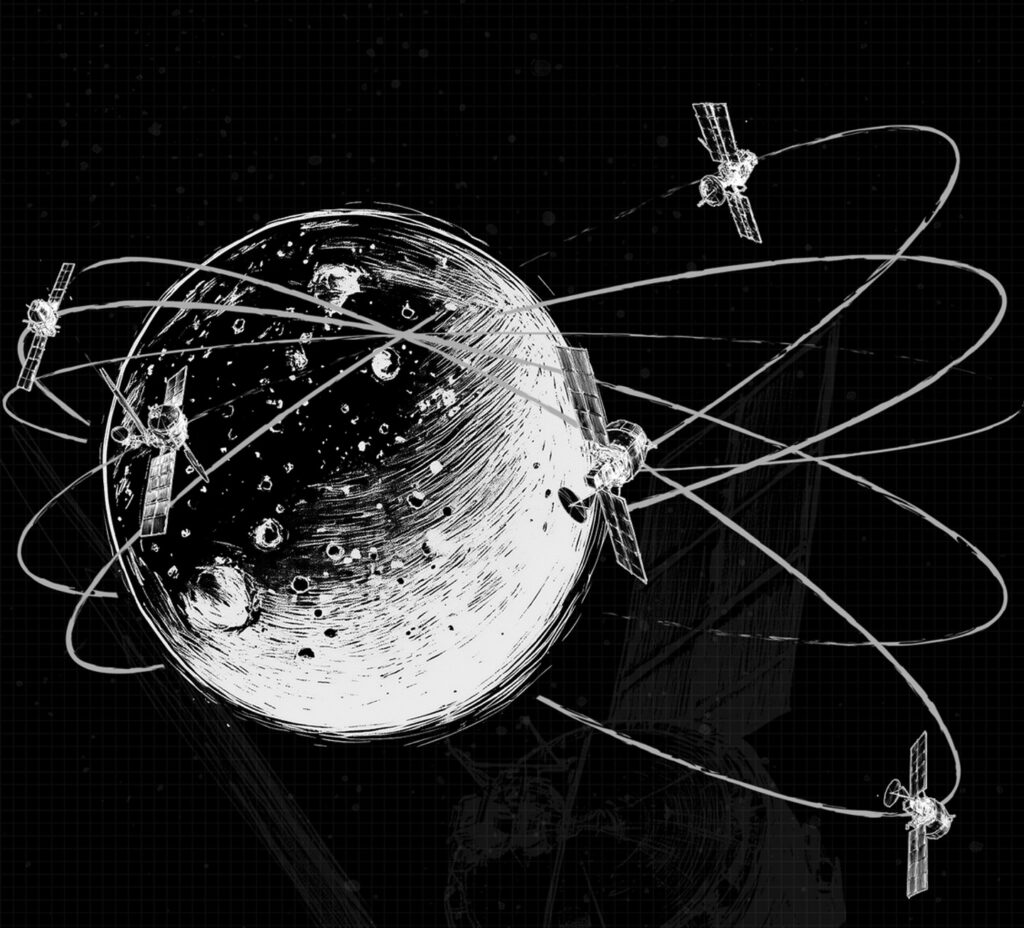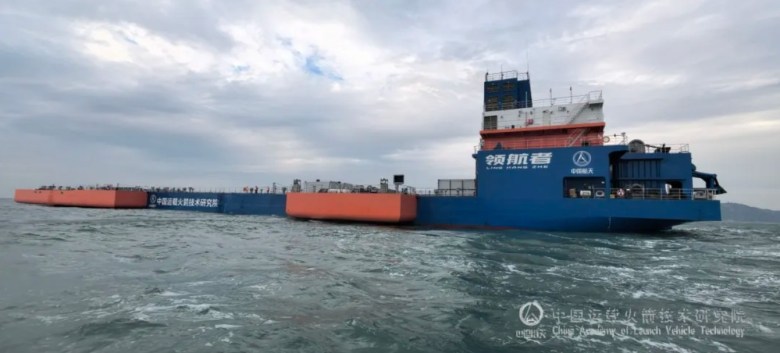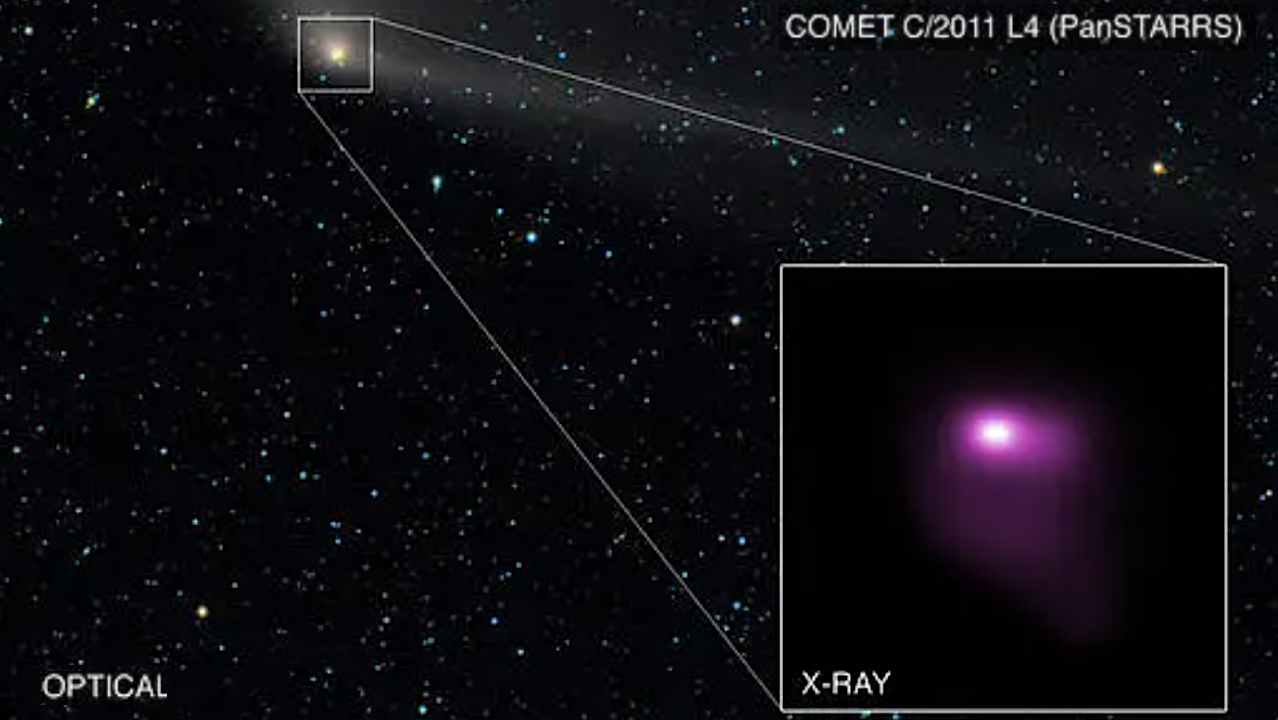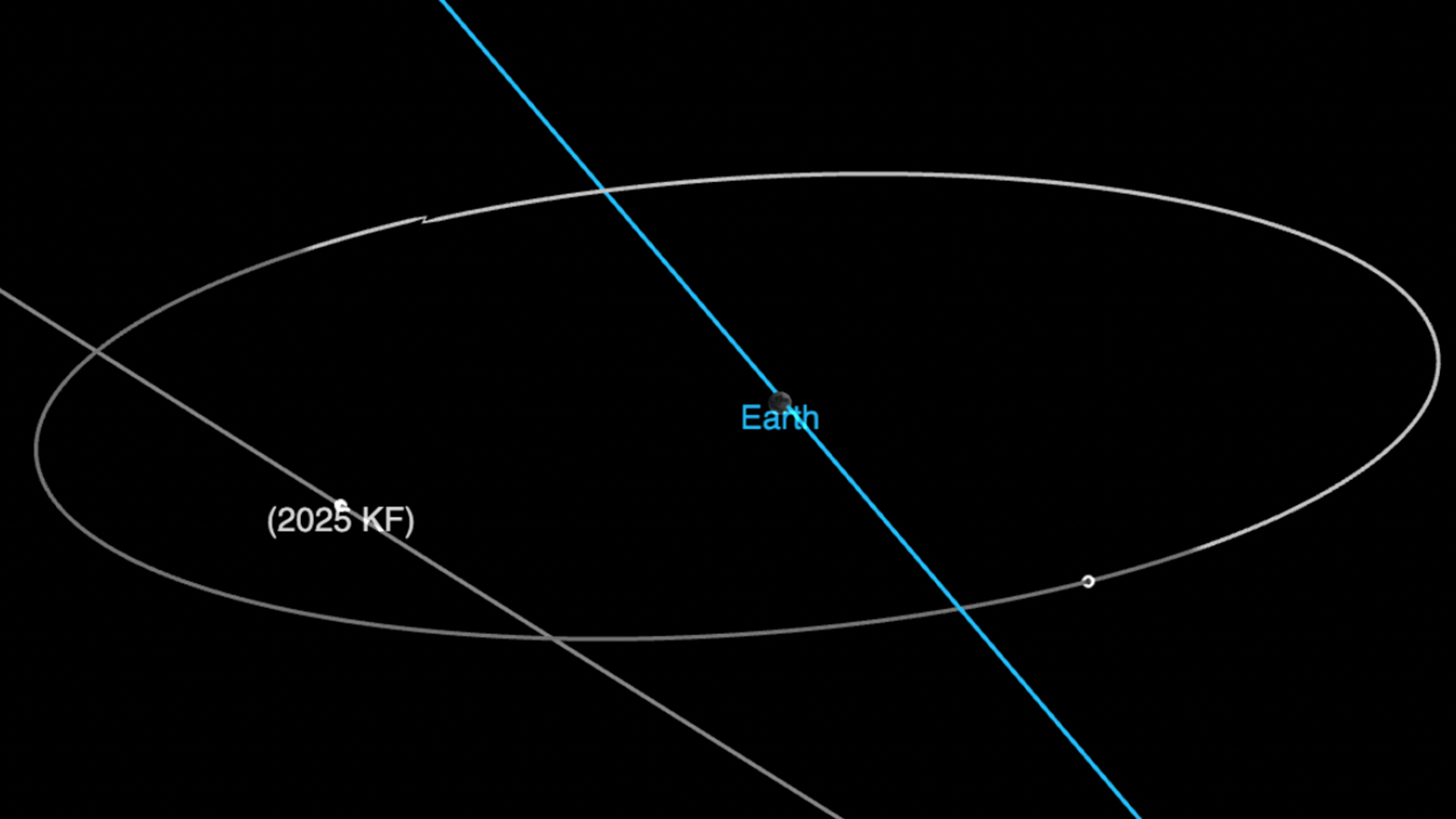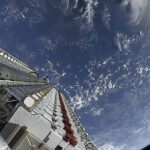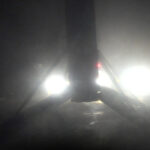Now Reading: Kuva to offer maritime-domain insights with satellite on deck
-
01
Kuva to offer maritime-domain insights with satellite on deck
Kuva to offer maritime-domain insights with satellite on deck

ST. LOUIS – Hyperspectral imagery startup Kuva Space will expand its focus on maritime-domain awareness with its second satellite scheduled to launch in June.
Kuva has delivered Hyperfield-1B, a 60-kilogram satellite with significant technical improvements compared with Hyperfield-1, to Vandenberg Space Force Base in California for launch on the next SpaceX Falcon 9 rideshare.
Several additional Hyperfield satellites are slated to launch in 2026 as Kuva builds a 100-satellite constellation to provide “almost real-time measurement by the end of the decade,” Kuva CEO Jarkko Antila told SpaceNews at the GEOINT Symposium 2025.
Over the Arctic, for example, Kuva will offer customers the ability to revisit sites of interest tens of times per day.
Promising Applications
Dark vessel detection is a key application for Kuva’s constellation. Hyperspectral imagery from Hyperfield-1B and its successors will reveal vessels that have turned off their automated identification systems (AIS) in vast areas like the South China Sea. By querying the dataset, Kuva will be able to trace the path the vessel traveled before turning off its identification beacon, Antila said.
In addition, Kuva’s hyperspectral imagery has important applications for agriculture, aquaculture and crop-yield forecasts.
Satellite Upgrades
The European Space Agency provided funding for Kuva’s Hyperfield-1B satellite through InCubed, a program focused on building products and services to exploit Earth-observation datasets. The new satellites are equipped with propulsion systems, large solar panels, Nvidia chips and four cameras to gather imagery in hundreds of spectral bands and “crunch a lot of the data onboard,” Antila said.
Rather than selling hyperspectral imagery, Kuva is developing algorithms to provide customers whatever insights they seek. For example, a customer could define an area of interest and order continuous monitoring through an annual service agreement.
Artificial intelligence algorithms running onboard Kuva satellites and ground systems are essential to making sense of the tidal wave of data offered by hyperspectral sensors, Antila said.
Kuva’s first satellite, Hyperfield-1, a six-unit cubesat, reached orbit in August. Last year, Finland-based Kuva established an organization in Fairfax, Virginia to serve U.S. customers.
Stay Informed With the Latest & Most Important News
Previous Post
Next Post
-
 012024 in Review: Highlights from NASA in Silicon Valley
012024 in Review: Highlights from NASA in Silicon Valley -
 02Panasonic Leica Summilux DG 15mm f/1.7 ASPH review
02Panasonic Leica Summilux DG 15mm f/1.7 ASPH review -
 03From Polymerization-Enabled Folding and Assembly to Chemical Evolution: Key Processes for Emergence of Functional Polymers in the Origin of Life
03From Polymerization-Enabled Folding and Assembly to Chemical Evolution: Key Processes for Emergence of Functional Polymers in the Origin of Life -
 04How New NASA, India Earth Satellite NISAR Will See Earth
04How New NASA, India Earth Satellite NISAR Will See Earth -
 05And Thus Begins A New Year For Life On Earth
05And Thus Begins A New Year For Life On Earth -
 06Astronomy Activation Ambassadors: A New Era
06Astronomy Activation Ambassadors: A New Era -
07SpaceX launch surge helps set new global launch record in 2024












